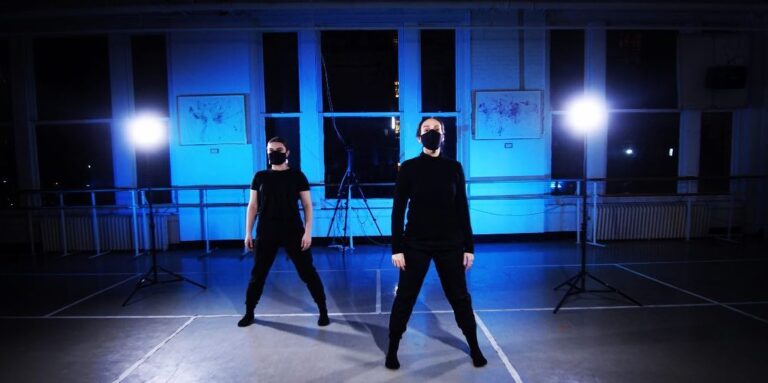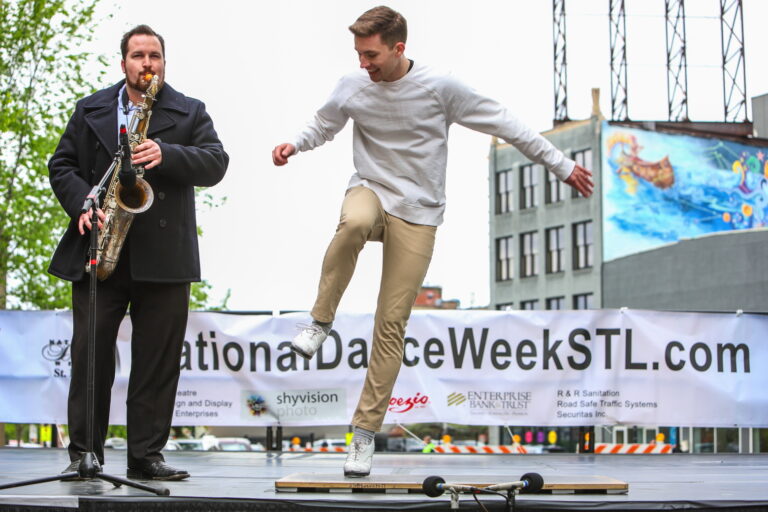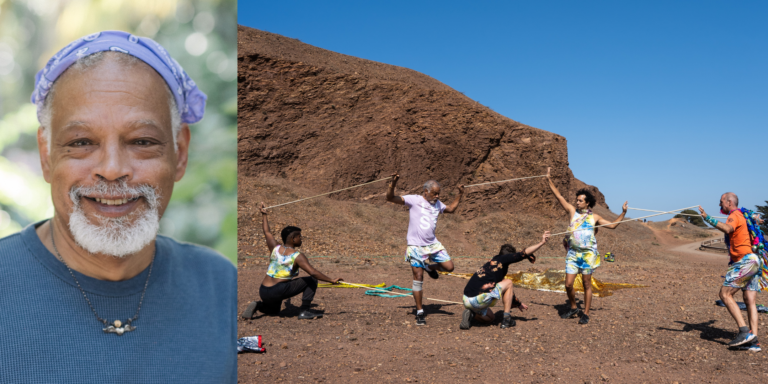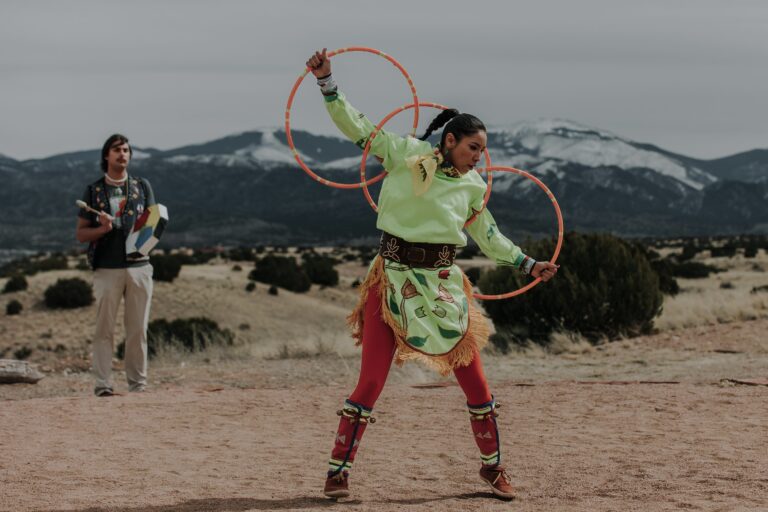Common problems and how to correct them
Boston Ballet in variations from “The Sleeping Beauty” prologue
You have a student with nice facility and solid technique. She has a natural presence and can jump and turn, but something prevents her from looking polished—her hands. Instead of having long arms from shoulders to fingertips, giant claws break her line and distract from her strong dancing.
Hands are an expressive part of the body that help a dancer convey emotion and complete breathtaking lines. But bad hands in ballet are like red warning flags. They signal tension, lack of energy or poor attention to detail.
Training dancers to finish their lines demands constant attention. “The teacher has to physically have their hands on the students’ arms and wrists, so they feel the right shape. It’s about muscle memory,” says Warren Conover, assistant dean at the University of North Carolina School of the Arts. Below, three ballet experts identify common hand position problems and ways to remedy them.
Pancake Hands
The Problem: Fingers are straight and stuck together, with little or no curve from the wrist to the palm.
The Solution: Conover says mitten hands stem from a lack of awareness. “Sometimes young students are only focused on what’s happening from the waist down,” he says. To bring attention to the problem, he makes students hold ballpoint pens in class. This keeps them aware of the issue at all times. “It gives their hands shape and changes the quality of their port de bras,” he says.
Claw Hands
The Problem: Hands are tense, with fingers splayed.
The Solution: Claw hands tend to reflect tension and struggle. Daniel Duell, artistic director of Ballet Chicago, says the hand should continue the curve of the arm. “Each finger has its own level, so the hand is beautiful and proportionate,” he says. George Balanchine compared the hands to flowers: The petals are part of a whole, yet each one is visible. Duell stresses the importance of having students practice basic révérence port de bras in front of a mirror, which Balanchine made him do 100 times a day for a month.
Droopy Fingers
The Problem: Limp hands dangle from the wrist with fingers that have little energy or shape.
The Solution: Lirena Branitski, school principal of Minnesota Dance Theatre and the Dance Institute who teaches the Vaganova method, encourages students to feel life in their hands. “The hand position is not tight, and the fingers should continue the line of the wrist,” she says. Branitski has younger levels gently touch the thumb to the third finger. This position will relax naturally over time, so the thumb is not against the palm. “You control your feet and point your toes to make nice lines. It should happen with the arms and hands, too,” she says.
Broken Wrists
The Problem: Hands flop and break at the wrist, creating short, disjointed lines.
The Solution: “It’s common to have excess tension in the wrist,” explains Duell. “That’s when you end up with a broken line between arm and hand.” These students need to think of their wrists and hands as separate from the rest of their port de bras. “While the arm needs to be held, the hand shouldn’t take that same energy,” he says. Have dancers imagine that their arms are wings. “Try doing a flap from Swan Lake. Lift the arms halfway and then turn the palms to face forward. That is second position.” DT
Variations for Troubled Hands
“The arms, including fingers and wrists, are the language of ballet,” says Lirena Branitski, school principal of Minnesota Dance Theatre and the Dance Institute. Learning variations is a great way to help students understand how integral the hands and fingers are in expressing storyline and emotion. Branitski suggests the fairy variations from The Sleeping Beauty prologue. The Lilac Fairy’s soft command with her sweeping hands, for example, is very different from the Finger Fairy’s sharply pointed index fingers and clenched fists or the Songbird Fairy’s fluttering, energized fingers.
Ballet Chicago trains in the Balanchine method
Kirov Academy of DC demonstrates Vaganova
Style and Aesthetic
Your method of training and personal taste will influence students’ hand placement. For instance, the Vaganova method teaches a long, streamlined shape, while Balanchine preferred curved palms with more separated fingers.
Julie Diana is a principal dancer with Pennsylvania Ballet and has a degree in English from the University of Pennsylvania.




